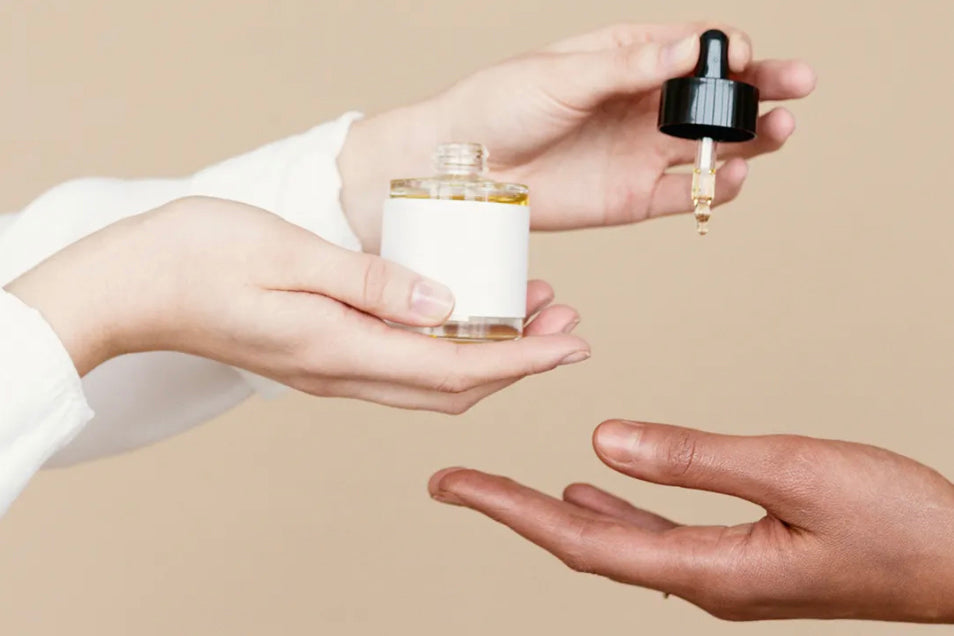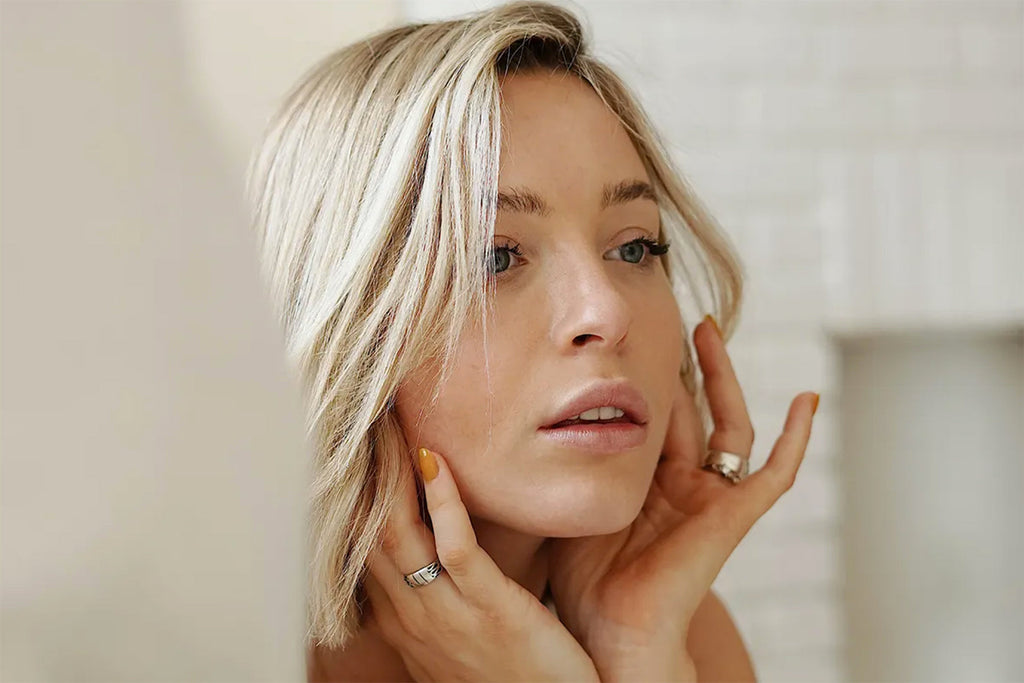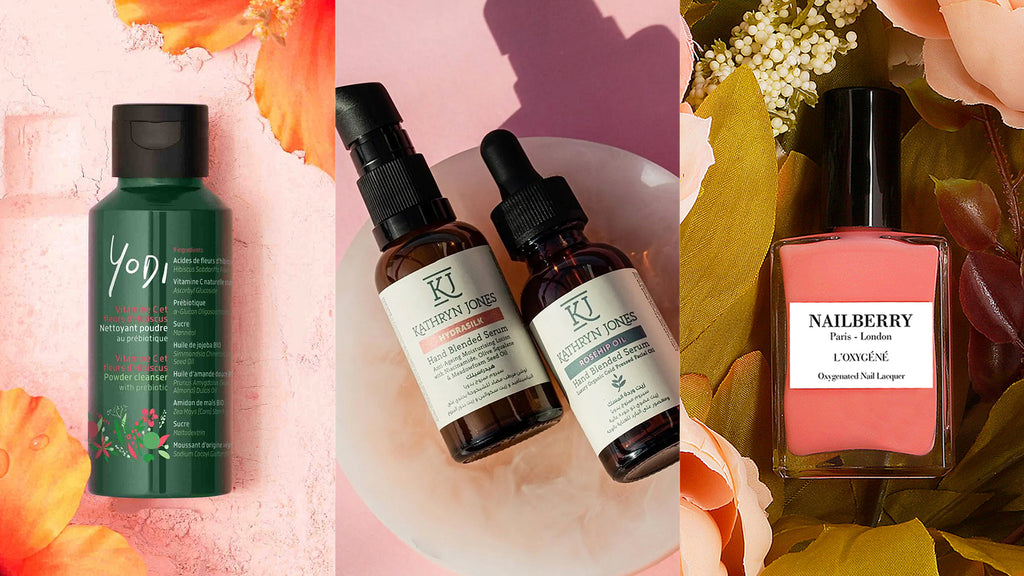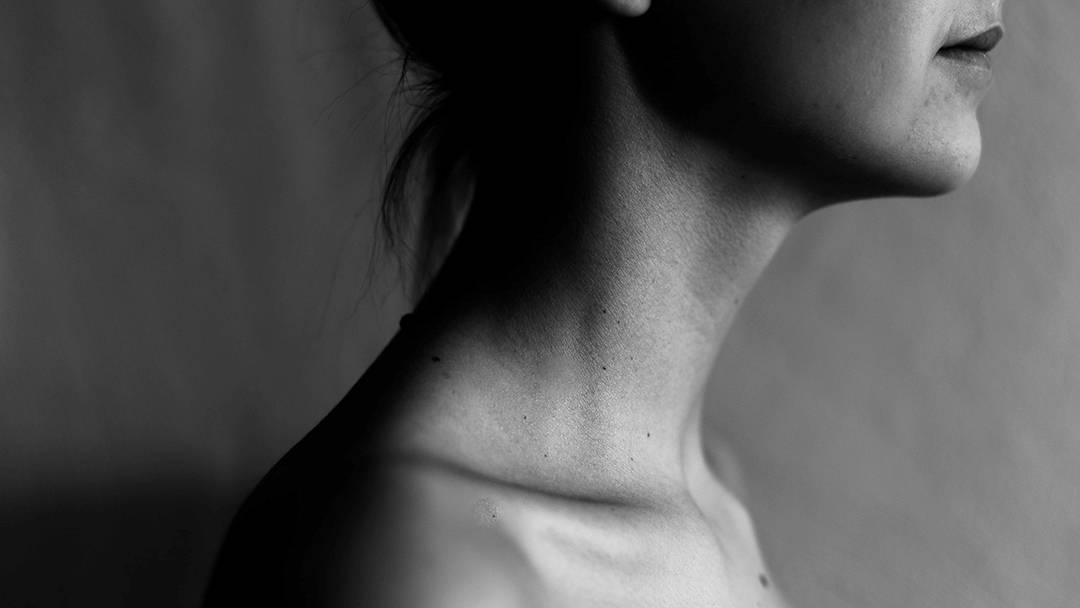
The [Skin’s] Microbiome - Our Deepest Connection
Understanding and healing our skin’s bacterial world
By Tiffany Wilson
The skin has a living microbial layer, and we’re exploring ways to use this knowledge to our advantage. New research, having blown the lid off the scientific world’s understanding of the microbial universe, offers a more realistic insight into how we can heal skin conditions through it's bacteria - it also changes the preventative methods we use to tackle diseases and our perception of our environmental connection. We break down all the factors that create the microbiome, the skin conditions undergoing study, and how to be savvy when scrutinizing claims made by skincare brands.
Once thought of at only surface level, the bacteria on our skin have recently been found as deep as our fatty tissue - connected to conditions like acne, rosacea and sensitivity, and in healing wounds and inflammation. We call it our microbiome, or now more lovingly, our stratum microbium, embracing it as an integral, functioning layer of skin. 1㎠ of skin holds up to a billion organisms, all of these having an intricate effect on our health. The cosmetic industry, among others, are enthusiastically looking for ways to leverage this information - but what do we actually know about microbiomes, and how do we stay wise as consumers? I did vigorous, cited research, so you have a place to start your own. (Spoiler alert - It’s way more exciting than you probably imagined it would be)
Skin and probiotic research goes back to the 90’s and big cosmetics have long been familiar with the microbiome, but while consumers could stomach gut bacteria, the idea of colonies living on the skin was less palatable. If it weren’t for our recent understanding of the brain-gut connection and various other health trends like kombucha, this would still be hard for us to keep down. 2019 saw the launch of the first live probiotic skincare range, using patented “peacekeeper” Ammonia Oxidising Bacteria (AOB), and other mild, supportive products, following research into improving skin-environment and condition. Multiple cosmetic houses rushed to follow suit with different probiotic and microbiome supportive claims, at least one of which is currently facing a class action misrepresentation lawsuit surrounding proof there is nothing living in their probiotic formula.
Under the Microscope
Let’s backtrack and outline some basics. When single, mutually beneficial bacteria on a surface communicate, they form a slimy “glue” called a biofilm - bonding to better withstand sun, dehydration, antibiotics and other microbes - forming a new, way more resilient collective material. By growing in a cyclic, closed community, bacteria behave completely differently than when alone. This is groundbreaking stuff - application potentials range from soil, water and food health, to cleaning up oil spills, and could provide more insight into our holistic connection to our environment. The first #Biofilmweek will be hosted by the National Biofilms Innovation Center (NBIC UK) this August, who are leaders in understanding this behaviour, especially surrounding antibiotic resistance in a world of abuse, and using biofilm (and therefore infection) resistant materials in hospital drips, stents and other procedures, saving lives and money.
To get back to your skin: sebum, moisture, light and UV exposure levels in different areas of the body create different, but consistent environments ideal for bacterial growth, known as microbiotopes. Your age, gender, environment and lifestyle also factor in, making this incredibly personal to you. A healthy microbiome is also highly varied - a recent study showed that between microbiomes found on the hand, a person’s one hand has only 17% similarity to the other. Compare this to 13% between strangers, with household members sharing more commonality. The general theory is, since childhood, soaps and other harsh cosmetic ingredients have destroyed much of our beneficial bacteria. These still exist in unmodernised tribes, the “weeds of the weeds” having survived, balanced and solidified in our biofilms being locked off to newcomers. These bacteria protect us by overcrowding the skin using possible biofilm binding sites and nutrients, leaving less for pathogens (diseases), producing substances toxic to them, and breaking them down. A change in environment upsets this bacteria, causing responsive skin conditions - acne, eczema, psoriasis, dandruff, contact dermatitis, rosacea, poor healing and accelerated aging have all been linked. Gut-acne research says, since all of the causes of acne onset (inflammation, sebum levels, cell turnover, bacteria and skin’s reactivity) are so affected by the microbiome’s balance, there is undoubtedly communication influencing the degree of acne experienced. This points glaringly at a symbiotic relationship with our immune system. We need to move past saying which bacteria is implicated in what, and start understanding more about the actual metabolic function causing disruption.
The problem is, until now, most research on bacteria is on isolated strains, as to how diseases operate. Due to this (understandable) focus, we hardly know our healthy community bacteria. Deep population research and sampling must be done to visualise what a standardised testing model of the microbiome needs to look like. We’ve also been viewing quantities in pie charts, where we should be studying exactly how each population exists in relation to the others, to begin to understand the billions of internal interactions. While we can test the response of bacteria in a tube, it’s impossible to predict how that result will play out in the microbiome, in the short and long run, and each researcher is approaching it differently. The potential is massive, but the science is undeveloped. So how can skincare be microbiome friendly, or probiotic?
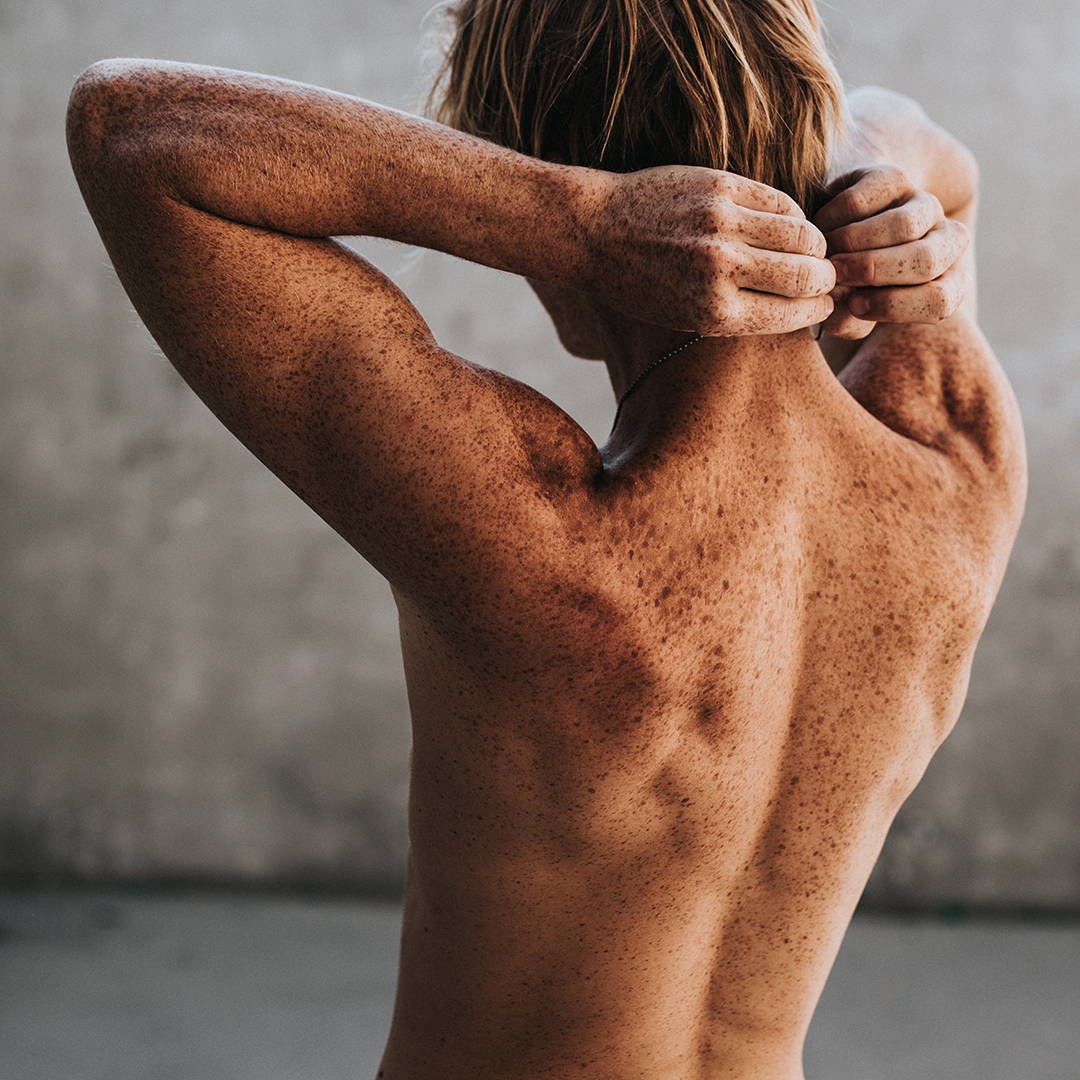
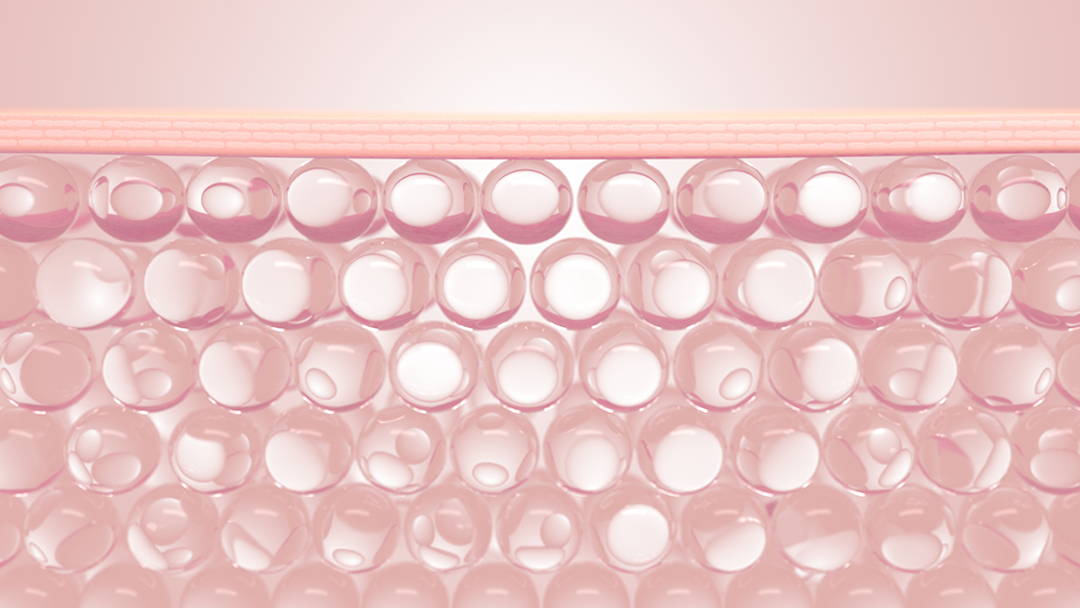
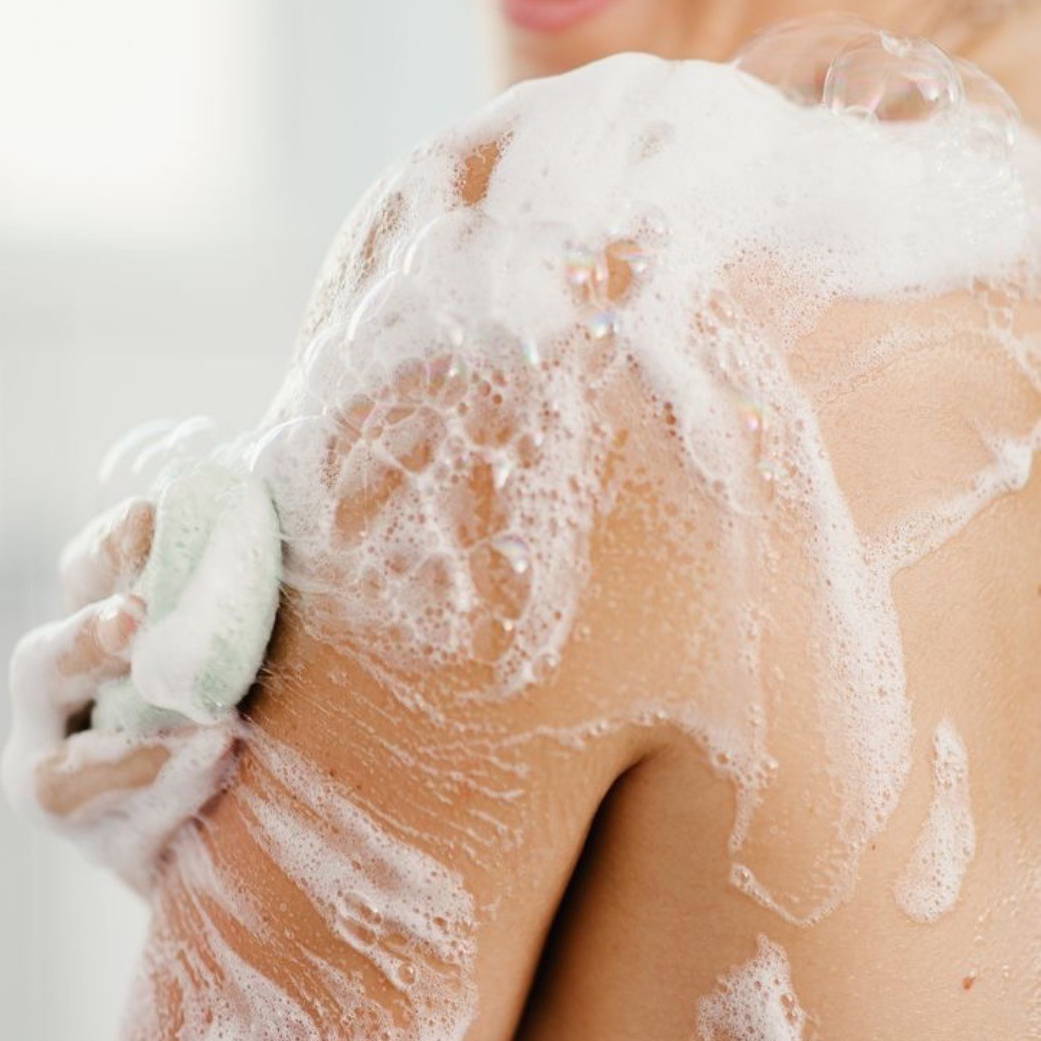
Bacteria used to be analogous with contamination, so traditionally, preservatives are broadly antibacterial. The food industry offers inspiration for regulating cultures, in creating “hurdles” to tire out bacteria (slowing growth in the suspension), and using radiation to sterilise other ingredients in a non-disruptive manner. Probiotics at this stage require refrigeration, and have an expiration date. We’re not technologically able to preserve live bacteria in cosmetic formulation, so anything that says so, according to science (and Larry Weiss, one of the inventors of AOB technology), is mislabeled, and currently, the EU forbids it. To clarify, probiotics are various living (not fragmented or frozen), good bacteria that maintain bodily health. Prebiotics are non-living foods that encourage probiotic growth, and postbiotics are non-living probiotic ferments - cosmetics have been blanketing the three as “probiotic”, which is misinforming. The AOB patent explains deeply researched, transparent evidence on the response of one bacteria in different formulations on different volunteers. Claiming to understand science that has not yet been proved burns credibility - as consumers, we have to educate ourselves before buying, and purchase from companies with transparent philosophies, so it’s easier to believe the claims they make.
Postbiotic studies in human health are relatively new, but we’re fermenting more biosimilar actives, like biosurfactants to remove sebum, which are far less damaging to cells. The first US Certified Microbiome Friendly range uses a maximum of 10 ingredients in formulation (all proven safe for skin bacteria), only gently cleansing and moisturising in the least disruptive manner. Practising regular hand hygiene is imperative, especially in a pandemic, but lotion should follow for balance - your microbiome is used to the damage, but we can help it recover faster. Maintaining overall bodily health (especially gut, some bacteria of which are shared) and outdoor exposure all help support your microbiome.
According to Weiss, we are animals living in an ancient microbial world, and we are just beginning to understand the scope of that. This was once completely invisible, like NASA finding 10 000 galaxies in the darkest area of space. The overwhelming complexity sets the next challenge - evolution has created perfect balance in the imbalance, but our ancestors didn’t have acne or any of our diseases. They were healthy in a way we don’t understand. He describes it as removing Jenga blocks, seeing the imbalance but not knowing which block exactly caused it. To restore our overall health, we should look at it from before we complicated it, instead of constantly trying to fix the last thing we broke. And that, in a very summarised nutshell, is the dirt.




